W.I.N. Wednesday: Are you fighting for or against?
In todays world we see lots of people fighting. Some are fighting for a cause or for a specific change, and others are fighting against something. While some would argue that it is the same thing, I suggest they are very different.
Fighting against too often results in finger pointing, name calling and blaming. Some people fighting against seem to relish the fight more than the cause. Some who are fighting against cannot tell you what they are actually fighting for, how they will know when they have accomplished their goal, or even what the goal is in positive terms. Often the fighting against focus is extremely broad and does not address specific issues or behaviors. Fighting against focuses on looking for and continually highlighting what is wrong. When you are always looking for what is wrong it is usually easy to find.
Fighting for on the other hand is focused on positive change. Fighting for looks to build on the good that already exists. Fighting for looks for examples of positive change and then highlights those examples for others to follow. Fighting for looks to build a tribe, a movement that embraces change and the new ideals and behaviors and then seeks to grow that movement through inspiration instead of forcing compliance through intimidation. People who are fighting for a cause can usually tell you what change looks like and what new behaviors and organizational cultures they are striving for.
If you think about politics for a moment, regardless if it is at the local, provincial / state or federal level, many politicians running for office focus on fighting against their opponent. As a result we see smear campaigns built on showing how bad their opponent is. A few however, focus on running their campaigns on fighting for specific improvements in specific areas. They focus on the positive change they will bring rather than on the person they are trying to beat. Opposition parties often seem to feel their job is to oppose everything the majority party proposes. They spend all their time fighting against, rather than fighting for positive changes, which will benefit their constituents, and that requires working with the other party. A percentage of voters vote against the incumbent and not for their candidate. If the incumbent is unseated those voters celebrate the defeat of the incumbent. In some cases they then experience voter’s remorse within a few weeks when the realities of who and what they actually voted for settles in.
This sadly plays out in all aspects of society. The result is too often is simply more fighting, with little or no positive change. The current ant-racism narrative concerns me. I in no way support racism. The current fight against narrative however, seems to be creating divide rather than unity. The push back is not in support of racism. With the exception of small fringe groups people agree that there is no place in our society for racism. The push back is by people who feel they are inappropriately being labeled as racist. The push back is also against the allegation of systemic racism in an organization or profession.
What if instead, we fought for? Fought for cultures of Diversity, Inclusion and Belonging in our organizations and our communities? Diversity in race, religion, gender, age, education, experience, sexual orientation, upbringing and diversity of thought. Diversity alone is not enough. We need cultures of diversity, inclusion and belonging. Diversity without a culture of inclusion and belonging is not going to change anything. In a culture of diversity, inclusion and belonging there is no place and no tolerance for discrimination and racism. In these cultures we treat other people the way they would like to be treated, instead of the way we would like to be treated. What if instead of Ant-Racism Committees that are looking for examples of racism and discrimination we had Diversity, Inclusion and Belonging Committees who were looking for ways to develop, foster and nurture that culture. While fighting for, you can identify barriers to change and seek to remove those barriers or obstacles.
Fighting against tends to focus on tearing down. Fighting for focuses on building up. Fighting against tends to create divides where fighting for brings people together. Fighting against usually requires an enemy. Fighting for looks for allies. Fighting against is a Finite Game with a winner and loser. Fighting for is an Infinite Game where there is no end point, simply a mindset of continual growth and improvement. Fighting against may bring people together for the short term, but fighting for brings people together for the long game.
What’s Important Now? If you are going to fight, if it is worthy of a fight, then fight for.
Take care.
Brian Willis
www.lifesmostpowerfulquestion.com. Maximizing human potential through Life's Most Powerful Question - What's Important Now?
www.daretobegreatleadership.com The online Dare to Be Great: Strategies for Creating a Culture of Leading workshop was created to help aspiring leaders and frontline leaders on their leadership journey. Subscribe to the weekly blog while you are there.
If you found value in this post please share this with your friends, family and co-workers.

